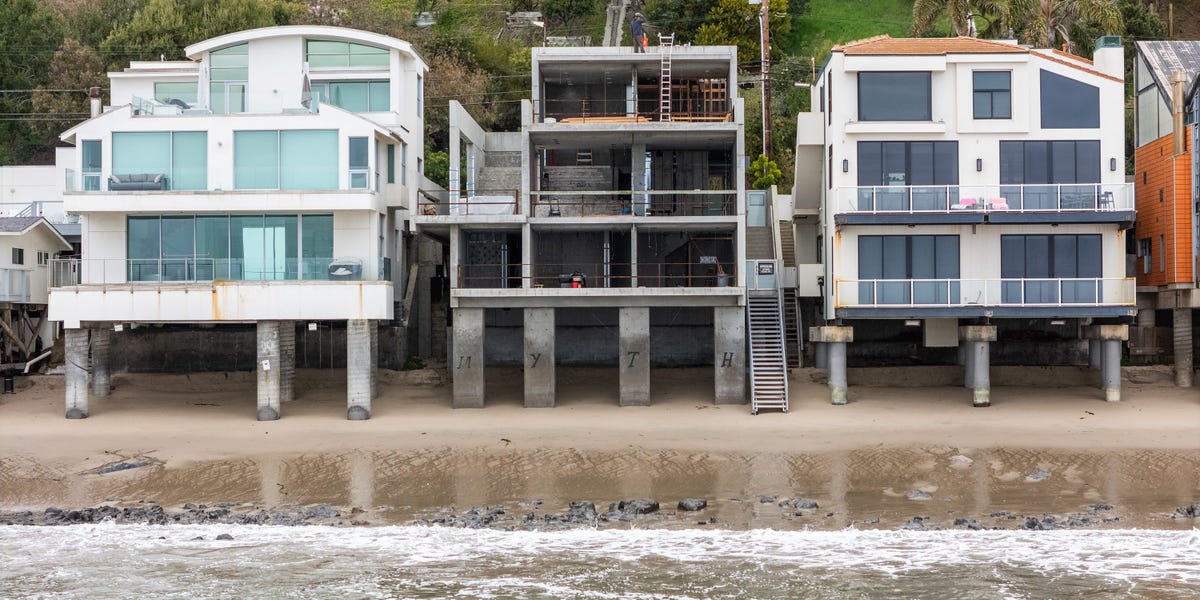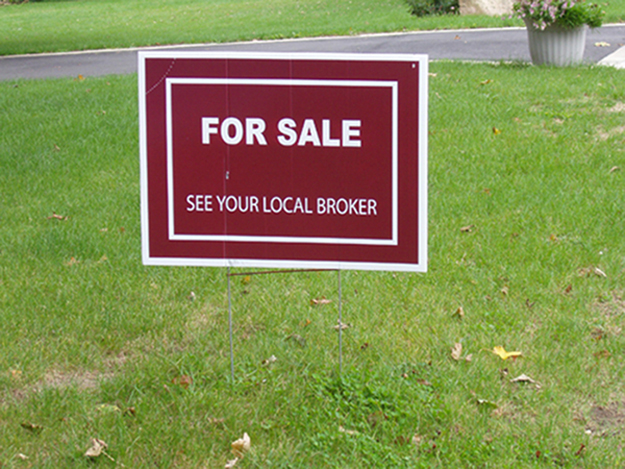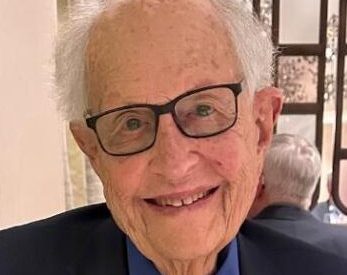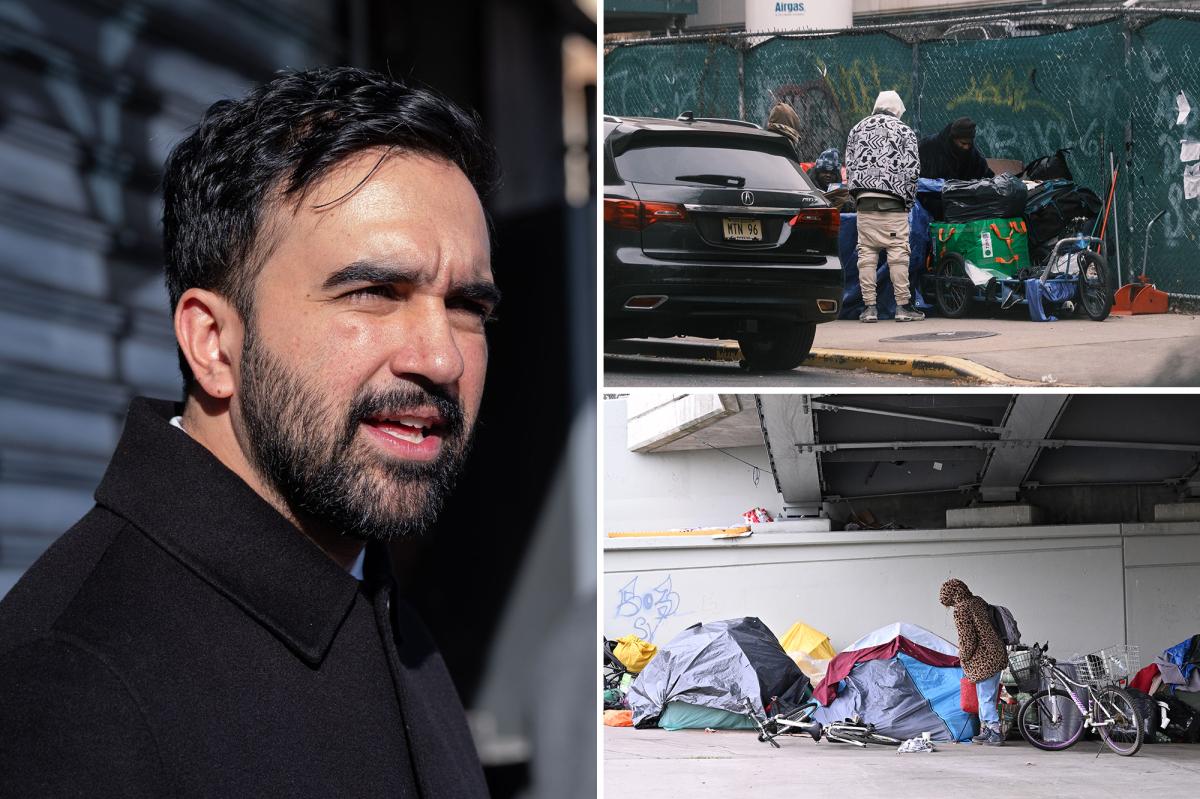T
he Covid‑19 economic response has pushed U.S. homeownership into a crisis that may take a decade or more to reverse, says Sean Dobson, CEO of The Amherst Group and head of its institutional‑landlord arm, Main Street Renewal. In a ResiDay panel, Dobson warned that the combination of loose pre‑2008 lending, massive stimulus, and abrupt policy shifts has made buying a home almost impossible for a whole generation.
“Housing has become unaffordable for a generation,” Dobson told ResiClub’s Lance Lambert. “It will take 10–15 years of steady income growth to restore a fair level of affordability, measured against post‑war to pre‑2006 norms.” He blamed pandemic‑era monetary policy, labeling it “reckless,” and cited soaring asset prices and stagnant wages. “Affordability is worse today than in the feverish 2006 markets,” he added, urging caution.
On the sidelines, Dobson told Fortune that rentals must play a larger role. “Is our goal to get everyone into real estate, or to let families live where their children can attend good schools?” he asked. He argued that homeownership is too hard to reach and that the supply of homes across price points is insufficient. A company spokesperson said the current period is the least affordable in modern history: the PITI on a 97 % FHA‑insured loan now consumes about 42.9 % of median income, slightly above the 2006 average of 41.5 % and well above the long‑term 25‑35 % range.
Dobson explained why U.S. policy was reckless. Covid‑19 triggered trillions in spending and ultra‑low rates as the Fed returned to the 2008 playbook. The “easy money” era pushed home prices and rents skyward. “There’s a tax on the economy of almost 200 basis points because of the surge,” he said, noting that mortgage rates remain about 1 % higher than inflation would justify.
Amherst analytics show the average home is far from fair value. “Affordability can only be restored by changing the price of the home, the cost of money, or family income,” Dobson said. Internal estimates project that to align U.S. affordability with 2019 levels, home prices would need to fall 35.3 %, rates drop 4.6 %, or incomes rise 55 %. None of these scenarios is realistic alone; only incremental progress is expected as incomes, prices, and rates gradually adjust.
Credit constraints also play a role. Post‑crisis regulations tightened mortgage standards, squeezing out borrowers with lower credit scores—many first‑time buyers. “Subprime mortgages served millions before Dodd‑Frank imposed a maximum credit risk,” Dobson explained. The new rules now serve only the top 25 % of consumers, leaving many Americans as permanent renters. He illustrated how quickly credit can deteriorate: “Two missed payments can move a 745 FICO score to 645, and it takes five years to climb back to prime.” This legacy system, he noted, dates back to the 1940s.
Institutional landlords have stepped in to fill the gap left by tighter credit and reduced homebuilding. Dobson said Amherst’s residents often have modest incomes and below‑prime credit but desire suburban benefits—yards, schools, community—even if they rent. “We entered the market because the nation won’t finance these customers to own a home,” he said. Amherst’s model serves residents with credit scores around 650 and a small percentage with inconsistent payment histories, which would be disastrous in a mortgage pool. The company finances and upgrades homes at scale, offering stability when traditional lenders have retreated.
Dobson remains skeptical of quick fixes from Washington. He supports expanding credit access—perhaps through innovative financing or careful relaxation of lending standards—but cautions that such proposals can quickly end a meeting with a politician. He sees artificial intelligence as a major threat to frontline and service jobs, many of which are held by Amherst residents. The average new resident earns just over $100,000, and those in routine roles may face job displacement.
When asked about the recent election of Zohran Mamdani as New York mayor, Dobson declined to comment, noting that many people feel they were promised outcomes that never materialized.















